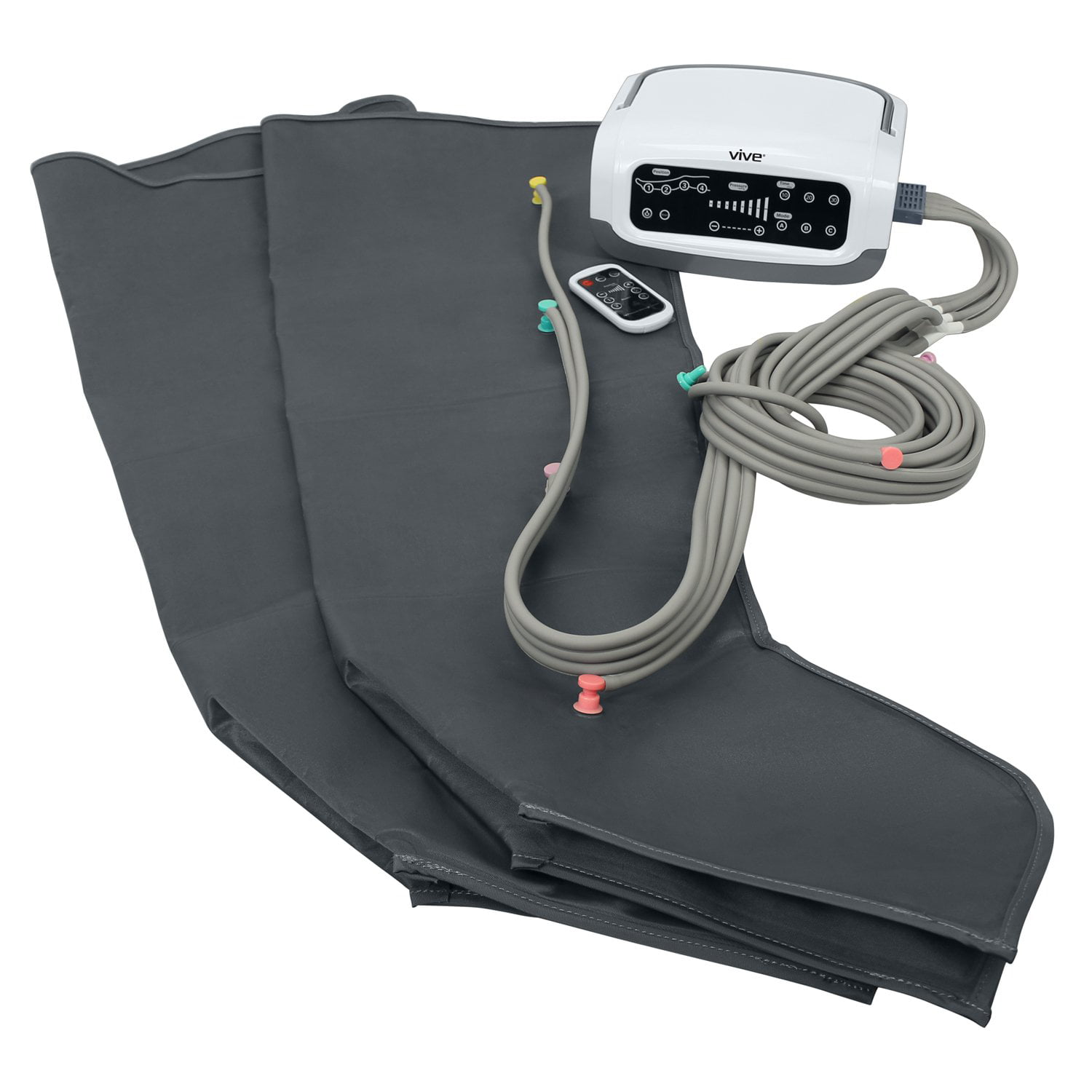

McLaughlin SA, Wright MJ, Morris KT, Giron GL, Sampson MR, Brockway JP, et al.


Axillary reverse mapping to prevent lymphedema after breast cancer surgery: defining the limits of the concept. Systemic analysis on risk factors for breast cancer related lymphedema. Zhu YQ, Xie YH, Liu FH, Guo Q, Shen PP, Tian Y. Even in some measurements, it was seen that there was more improvement in patients who had only bandages applied. In case of functional status assessments, improvement was observed only in patients who received bandages (p<0.001).Ĭonclusion: As a result of the present study, there was no significant difference between compression bandage and intermittent compression device applications in the treatment of patients with lymphedema after mastectomy. When the circumferential and ROM measurements of the patients were examined, improvement was observed in both groups, but only the bandaged group was better than the IPC group (p=0.030, 0.019, 0.044, < 0.001, and < 0.001). Results: The average age of the patients was 54.80☑0.36 years, and BMI was 28.78±4.65 kg/m2. A p value <0.05 was accepted as statistically significant. The SPSS 22.0 package program was used for statistical analyzes. After all the patients’ age and body mass index (BMI) were recorded, the shoulder joint range of (ROMs) were measured by goniometer, circumferential measurements were measured by tape measure 4 times and on days 5, 10, and 15, and the Q-DASH functional disability scale was evaluated. All patients received treatment for a total of 15 sessions for 5 weeks, 3 days/week. Only bandage was applied to the control group (n=40) intermittent pneumatic compression (IPC) and bandage (n=40) were applied to the treatment group. Methods: The present study was conducted on 80 female patients with unilateral upper extremity lymphadenopathy diagnosed postoperatively in women with breast cancer who underwent mastectomy. Objective: The aim of the present study was to compare the efficacy of compression bandage and compression device in the treatment of patients with breast cancer with mild to moderate upper extremity secondary mastectomy with secondary lymphedema. Lymphedema, mastectomy, pneumatic compression Abstract Department of Physiotherapy and Rehabilitation, İstanbul Bilgi University Faculty of Health Sciences, İstanbul


 0 kommentar(er)
0 kommentar(er)
